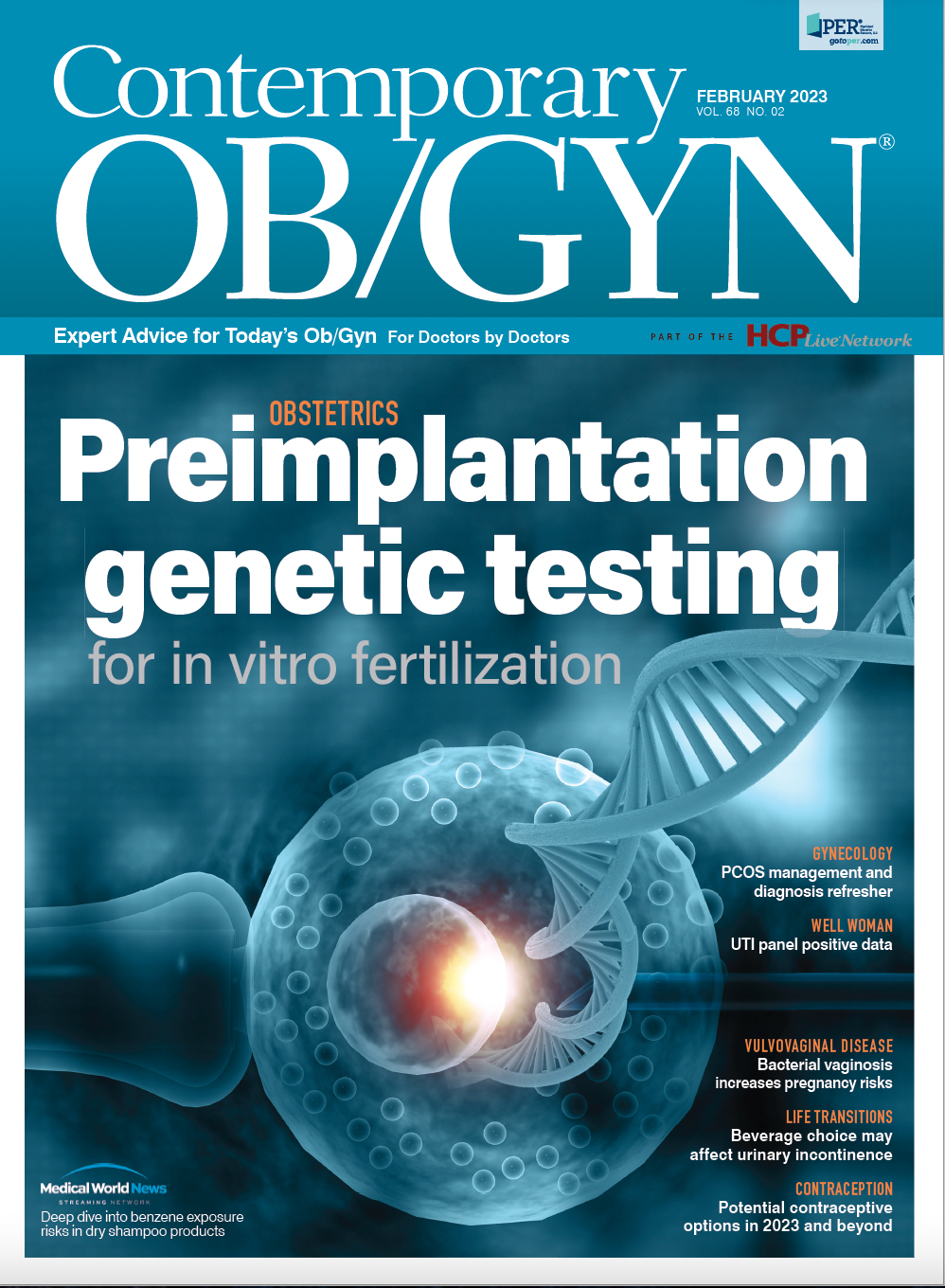Happy and healthy heart month!
It is February—that time of year when we take particular note of our heart,
both emotionally (after all, it is Cupid’s month!) and medically because it
is also American Heart Month, when US adults are encouraged to focus on
their cardiovascular health.
Heart disease remains a particular challenge to diagnose in women because
the signs and symptoms are often different and/or more subtle than with men. Both male and female patients share risk factors associated with this disease, including obesity, smoking, diabetes, high blood pressure, and family history.
Some women, however, often do not exhibit the classic angina or chest pain
symptoms found with male patients, or their symptoms include both traditional and unique features. For women, symptoms specific to heart disease may include indigestion, difficulty breathing, back pain, and persistent nausea, even without chest pain or chest discomfort. Other symptoms specific to heart disease in women may include high testosterone levels prior to menopause, increasing hypertension during menopause, autoimmune diseases such as rheumatoid arthritis, and increased stress and depression.
Advising female patients on preventive measures to help avoid a cardiac
event should include encouraging women to quit smoking, recommending they maintain a low saturated fat and high in fiber diet and also low in fatty processed foods, suggesting they exercise (or move briskly) at least 3 times a week for at least 30 minutes at a time, having them keep track of their cholesterol, and discussing family history of heart disease.
As the CEO of a life sciences communications company, I know that
obstetrician-gynecologists are often the first line of defense in protecting
the heart health of patients. So for all you do, day in and day out, and
particularly when it comes to preserving cardiovascular health, we wish you
all a happy and healthy heart month!
-Mike Hennessy Jr
President and CEO, MJH Life Sciences®
Reference:
Barouch L. Heart disease: differences in men and women. Johns Hopkins Medicine. Accessed January 9, 2023. https://www.hopkinsmedicine.org/health/conditions-and diseases/heart-disease-differences-in-men-and women#:~:text=%22So%20while%20the%20classical%20 symptoms,absence%20of%20obvious%20chest%20discomfort.%22

Importance of reproductive health services for adolescents during the COVID-19 pandemic
October 30th 2024In a recent study, high rates of reproductive health service use were reported among adolescent mothers, indicating the benefits of this model for providing care when other options are unavailable.
Read More
Increasing ondansetron use reported against NVP in the United States
October 29th 2024Despite being recommended as a third-line therapy, rates of ondansetron use to treat nausea and vomiting in pregnancy have increased, making it the most common prescription antiemetic against this condition in the United States.
Read More
Study finds high rates of incidental MRI findings in endometriosis cases
October 29th 2024A recent study highlights the frequent occurrence of incidental findings on pelvic magnetic resonance imaging for endometriosis, emphasizing the need for radiologists to focus on those with higher clinical significance.
Read More
